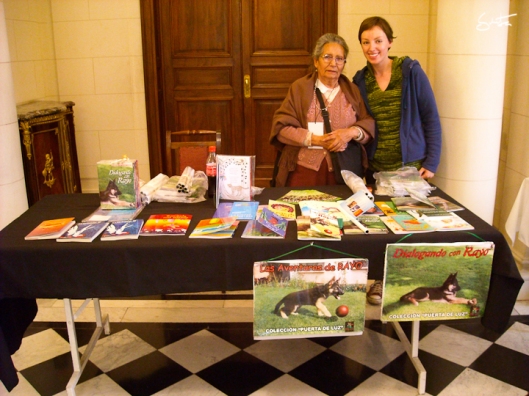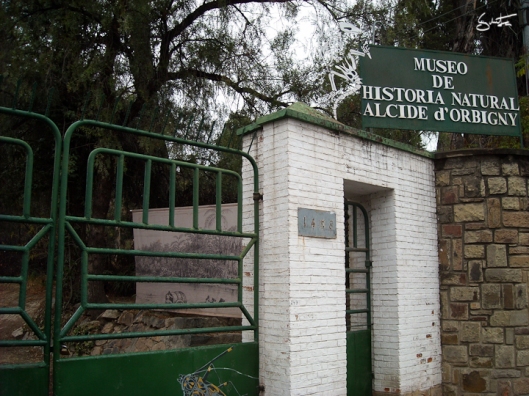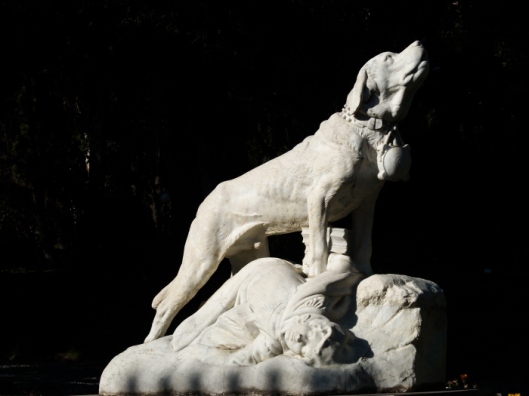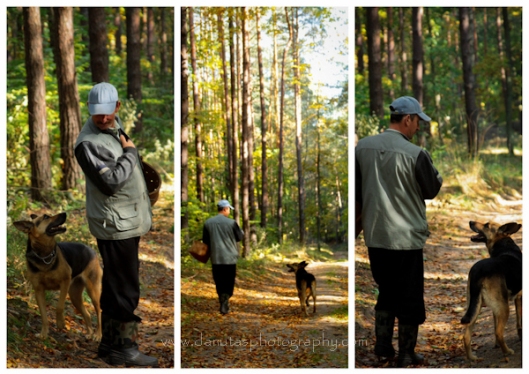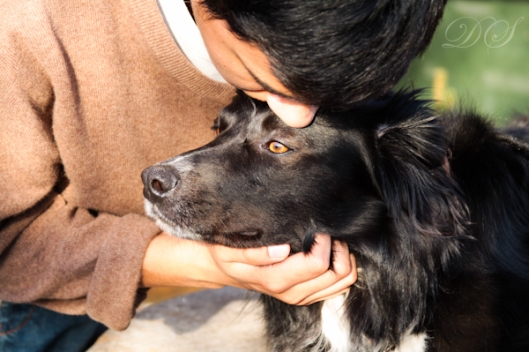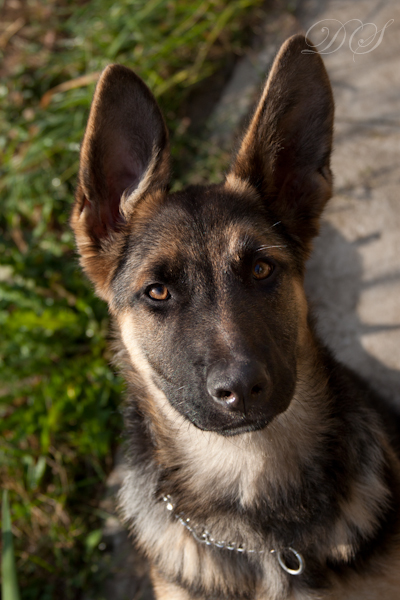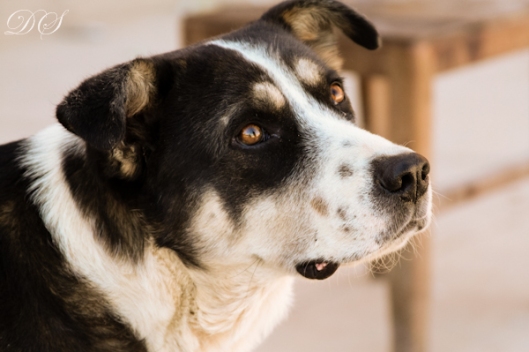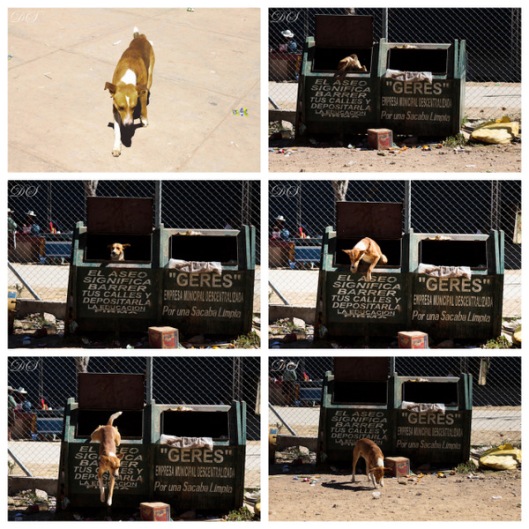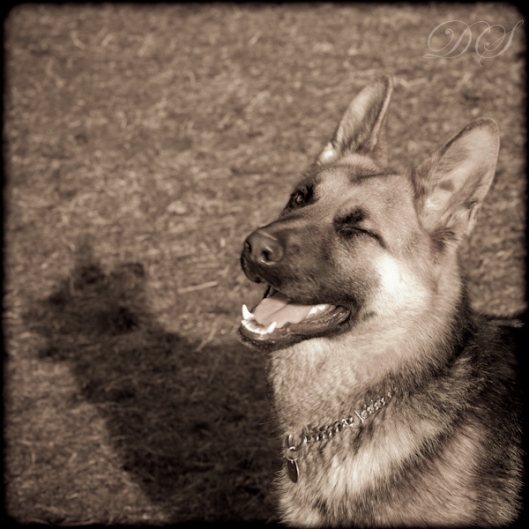Wczoraj, pomimo deszczu, wybralismy sie na spacer do Palacio Portales, chcac wziac udzial w dobiegajacych konca ‘2. Targach Boliwijskich Pisarzy’ (2a Feria del Escritor Boliviano). Ponownie bylismy milo zaskoczeni widzac, iz Fundacja Simona Patino, otworzyla progi zabytkowego palacu, przenoszac impreze z ogrodu do srodka. Niestety, poniewaz caly dzien lalo sie z nieba, frekwencja byla dosyc marna – zarowno wsrod zwiedzajacych jak i zaproszonych pisarzy (moze ‘zwineli sie’ wczesniej w wyniku braku zainteresowania).
Przeszlismy sie po wszystkich stoiskach, by zapoznac sie z najnowsza oferta wydawnicza; byly tam zarowno pieknie wydane ksiazki dla dzieci, powiesci fantastyczne, ksiazki historyczne i powiesci obyczajowe. Moja uwage przyciagnelo szczczegolnie wydawnictwo z zakresu historii sztuki Boliwii oraz cena kompletu 3 ksiazek – 700 bs. (ponad 70€). Troche duzo, choc przyznam, iz ksiazki prezentowaly sie pieknie. W dodatku byla to pierwsza tak kompletna kompilacja informacji o sztuce Boliwii, z jaka mialam okazje sie zetknac do tej pory. Coz, moze kiedys…
Nie moglam rowniez przejsc obojetnie obok stoiska, udekorowanego zdjeciami ‘malej Durusi’ i po kilku minutach stalam sie wlascicielka ksiazeczki dla dzieci o ‘Przygodach Rayo’ (Las Aventuras de Rayo)– owczarka niemieckiego:) Autorka Luz Cejas Rosado de Aracena, powiedzialam nam, ze ksiazeczka oparta jest na faktach, wszystkie zdjecia sa oryginalne, a piesek ma juz 9 lat! I tak, czytajac o przygodach urwisa Rayo, opowiedzianych psim glosem, dzieci ucza sie szacunku dla zwierzat i przyrody, a ja bede mogla podszkolic swoj hiszpanski i przypomniec sobie czasy spedzone z moja Dorusia:) W prezencie do ksiazeczki (40bs.) dostalam rowniez plakat, autograf i zdjecie z przemila autorka:
Ciesze sie, ze taka ksiazka powstala, bowiem spoleczenstwo Boliwii w duzej mierze nie bierze odpowiedzialnosci za swoje otoczenie – wciaz smieci sie tutaj gdzie popadnie, zanieczyszcza wode odpadkami i … wyrzuca zwierzeta na ulice. Zwierzeta domowe to po hiszpansku ‘mascotas’ i niestety niektorzy ludzie traktuja psy i koty jak maskoty – zabawki, ktore porzucaja, kiedy sie im znudza. Ten problem dotyczy rowniez Europy, ale nie na tak duza skale jak tutaj.
Oczywiscie, nie wszyscy sa tak bezduszni i czesto mozna natrafic na ogloszenia o zaginionym psie, za pomoc w znalezieniu ktorego oferuje sie od 50 do 200 $. Niestety, nie wsystkie psy gubia sie ot tak podczas spaceru. Podobno w duzych miastach istnieje proceder wykradania co wartosciowszych ras – aby odsprzedac zwierzaka lub zajac sie hodowla, a potem sprzedac szczeniaki pod stadionem.
Smutne to, ale prawdziwe, tym bardziej popieram wiec wszystkie inicjatywy edukacyjne zwiazane z ochrona zwierzat i srodowiska naturalnego. Ksiazeczka pewnie cudow nie zdziala, tym bardziej, ze trafi w rece tych bardziej zamoznych rodzin, ale od czegosc trzeba przeciez zaczac!
***
Yesterday, despite the rain, we went for a walk to the Palacio Portales, as we wanted to visit ‘2nd Fair of Bolivian Writers’ (6. Foro de Escritores Bolivianos). Again, we were wowed to see that Simon Patino Foundation opened the thresholds of its historic palace, moving inside the party from the garden. Unfortunately, because the rain was pouring the whole day, the turnout was quite small – both among the visitors as well as invited writers (maybe they quit earlier due to lack of interest).
Glancing at the beautiful place, we passed through all the stalls to get acquainted with the latest book offers: from beautifully published books for children, fantasy, history to novels. The books about the art history of Bolivia particularly caught my eye as well as their price – 700 bs. (70€) for the set of 3. A bit too much, though I must admit, they were beautiful. What’s more, this was the first complete compilation on the Bolivian art, which I have encounter so far. Well, maybe one day …
I couldn’t also pass indifferently by the stand decorated with pictures of small Durusia (my Polish Love) and after a few minutes I became the happy owner of the children’s book “The Adventures of Rayo (Las Aventuras de Rayo)‘- a German shepherd :) The author, Cejas Luz Rosado de Aracena, told us that the book is based on a real story, all photos are original, and the dog is already 9 years old! And so, in reading about the adventures of Rayo, told in the voice of a dog, children will learn to respect the animals and nature, and I’ll improve my Spanish :) As a gift to the book (40bs.) I also got a poster, autograph and a photo with a very nice lady.
I am glad that this book was written, as the Bolivian society (in the majority) does not take responsibility for their environment – peole still litter a lot, pollut the water with waste and …throw their pets on the street. Pets are in Spanish called ‘mascotas’, which in Polish is a synonimus of ‘toys’ and unfortunately, some people treat dogs and cats just like toys – when they get bored with an animal, they abandon it. This is not only Bolivian problem, but the scale of it is begger here than in Europe.
Of course, not everyone is so soulless and very often one can see the owners’ notes about lost dogs that offer from 50 to 200 $ for help in finding their belowed pet. Unfrtunately, not all dogs get lost while on the walk. Apparently, in the large cities there are people who steal the more valuable breeds – to sell it, or to breed it, and sell the puppies later on.
It is sad but true, and so I support all educational initiatives related to the protection of animals and the environment. This little book probably won’t change a lot, as it will be read mostly by rich kids, but we have to start somewhere!
